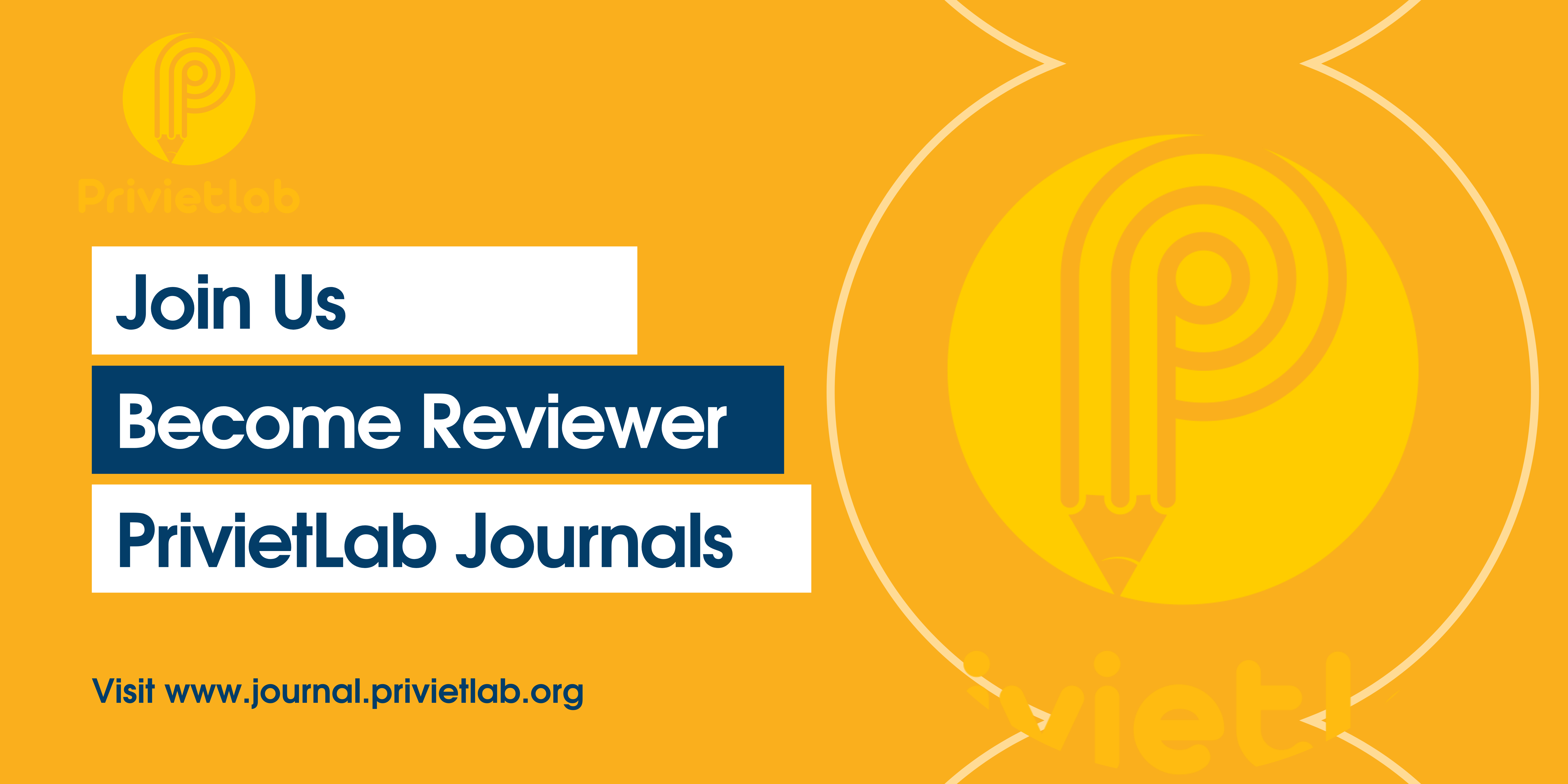The role of risk management on HR team effectiveness: The moderating effect of leadership style
DOI:
https://doi.org/10.55942/pssj.v5i11.864Keywords:
Risk Management, HR Team Effectiveness, Leadership Style, SMEsAbstract
The fast-changing business landscape poses challenges for Human Resource (HR) teams in Small and Medium Enterprises (SMEs) in terms of risk and performance and maintaining stability in uncertain times. Continuity and team performance depend on effective risk management. Managing risks in the literature has involved HR teams with performance and operational continuity in the business with little or no citations on the HR leadership style, which has been the primary focus of this study. This gap in understanding limits the extent to which businesses can help HR teams improve their operational performance. This study attempts to fill this gap by measuring the effect of risk management on the effectiveness of HR teams and how leadership affects this relationship. For this purpose, a quantitative survey research based on PLS-SEM was conducted on 200 HR employees and Balinese frontline operational workers in SMEs in teams oriented toward the collection of PLS-SEM data in specified domains of operational risk management. The data was collected by means of a survey employing standardized questionnaires and analyzed through focused area PLS-SEM and customized bootstrapping techniques for testing moderation through interaction terms. The results showed that the effectiveness of HR teams can be significantly enhanced through the adoption of appropriate risk management strategies. Furthermore, leadership styles that are more active in a hierarchy not only directly increase team performance but also strengthen the impact of risk management. This integration of perspectives demonstrates the practical applicability of the Resource-Based View alongside Contingency Theory: the context of leadership and organizational resources shapes team output. Looking ahead, the extension of this research could focus on longitudinal designs, additional organizational culture, and employee motivation variables for moderation or mediation, and research on a context larger than SMEs to test the breadth of this conclusion.
References
Al Daboub, R. S., Al-Madadha, A., & Al-Adwan, A. S. (2024). Fostering firm innovativeness: Understanding the sequential relationships between human resource practices, psychological empowerment, innovative work behavior, and firm innovative capability. International Journal of Innovation Studies, 8(1), 76–91. https://doi.org/10.1016/j.ijis.2023.12.001
Apascaritei, P., & Elvira, M. M. (2022). Dynamizing human resources: An integrative review of SHRM and dynamic capabilities research. Human Resource Management Review, 32(4), 100878. https://doi.org/10.1016/j.hrmr.2021.100878
Becker, K., & Smidt, M. (2016). A risk perspective on human resource management: A review and directions for future research. Human Resource Management Review, 26(2), 149–165. https://doi.org/10.1016/j.hrmr.2015.12.001
Garrido-Moreno, A., Martín-Rojas, R., & García-Morales, V. J. (2024). The key role of innovation and organizational resilience in improving business performance: A mixed-methods approach. International Journal of Information Management, 77, 102777. https://doi.org/10.1016/j.ijinfomgt.2024.102777
Hair, J. (2022). Partial Least Squares Structural Equation Modeling (PLS-SEM) in second language and education research: Guidelines using an applied example. Research Methods in Applied Linguistics, 1(3), 100027. https://doi.org/10.1016/j.rmal.2022.100027
Hao, M., Min, Y. A., Jie, L., & Yuling, D. (2025). The effect of shared leadership on employee resilience: wielding the double-edged sword. Frontiers in Psychology, 16. https://doi.org/10.3389/fpsyg.2025.1441660
Hariyani, D., Hariyani, P., Mishra, S., & Sharma, M. K. (2024). Causes of organizational failure: A literature review. Social Sciences & Humanities Open, 10, 101153. https://doi.org/10.1016/j.ssaho.2024.101153
Kessi, A. M. P., Pananrang, A. D., Muchsidin, F. F., Rizal, M., & Ramlah, R. (2025). The Role of Leadership in Effective and Efficient Human Resource Management Decision Making. Paradoks : Jurnal Ilmu Ekonomi, 8(2), 509–524. https://doi.org/10.57178/paradoks.v8i2.1153
Kinyua, G. M., & Akone, B. K. (2025). Strategic Agility as an Antecedent of Operational Performance: Evidence from Review of Literature. International Journal of Education and Research, 13(2), 139–174.
Lee, C.-C., Yeh, W.-C., Yu, Z., & Lin, X.-C. (2023). The relationships between leader emotional intelligence, transformational leadership, and transactional leadership and job performance: A mediator model of trust. Heliyon, 9(8), e18007. https://doi.org/10.1016/j.heliyon.2023.e18007
Lee, M. T., & Suh, I. (2022). Understanding the effects of Environment, Social, and Governance conduct on financial performance: Arguments for a process and integrated modelling approach. Sustainable Technology and Entrepreneurship, 1(1), 100004. https://doi.org/10.1016/j.stae.2022.100004
Littrell, & Valentin, N. (2017). The influence of leadership style on organizational culture. Accounting & Business Conference 2017, 405–421.
Liu, B., Zhou, S.-H., Wang, D., Liu, H. J., Edwards, D. J., & Chen, Y. (2024). Authoritarian leadership in projects: An integrated model to understand the team members’ task and innovative performance. Project Leadership and Society, 5, 100162. https://doi.org/10.1016/j.plas.2024.100162
Lubis, N. W. (2022). Resource Based View (RBV) in Improving Company Strategic Capacity. Research Horizon, 2(6), 587–596. https://doi.org/10.54518/rh.2.6.2022.587-596
Tasavvur Malik, T. M. (2020). Human Resource Management in the Organization. International Journal of Mechanical and Production Engineering Research and Development, 10(3), 11627–11634. https://doi.org/10.24247/ijmperdjun20201111
Downloads
Published
How to Cite
Issue
Section
License
Copyright (c) 2025 Ni Wayan Lasmi, I Gusti Ayu Agung Istri Dinda Larasshanti Jelantik, Komang Widhya Sedana Putra P

This work is licensed under a Creative Commons Attribution 4.0 International License.

















